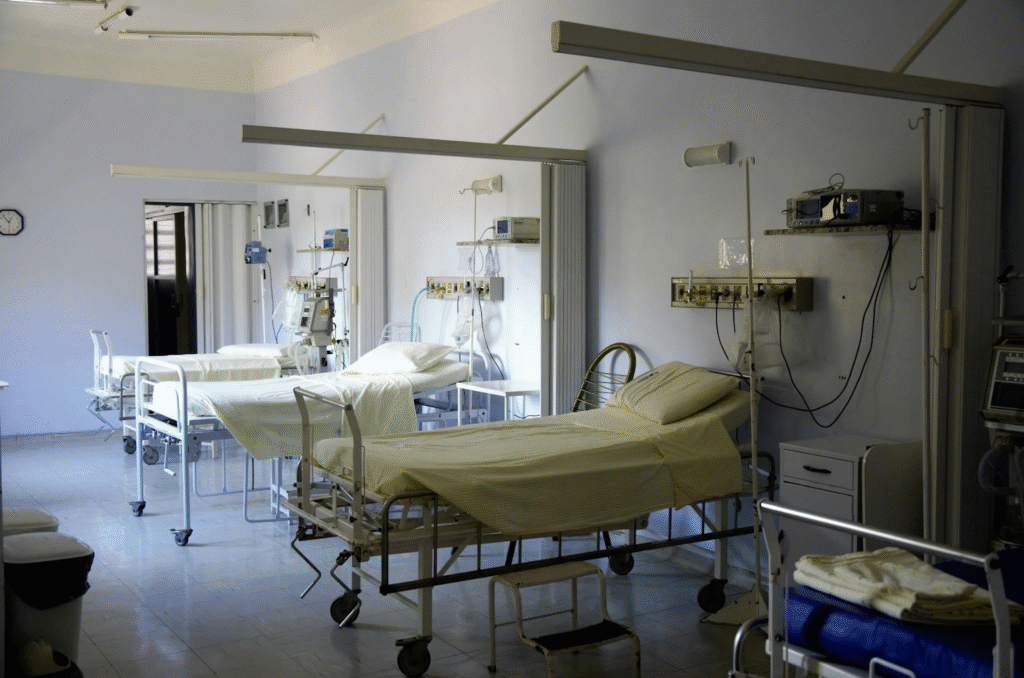No one enjoys the paperwork that’s part of a doctor’s visit. You walk into a clinic or hospital, and then you’re handed a clipboard full of forms that require your name, date of birth, insurance details, and medical history. This can feel overwhelming, but artificial intelligence (AI) is stepping in to make this process smoother, faster, and a lot less painful. Healthcare is finally catching up with the technology curve, and patient onboarding is one area where we’re seeing some real progress happen. Let’s explore how AI is revolutionizing patient onboarding in healthcare.
The problem with traditional onboarding
Traditional patient onboarding typically involves filling out forms by hand, which can result in long wait times while administrative staff type everything into a system. This process also leaves room for errors, such as illegible handwriting, data entry mistakes, or missing information, and requires multiple back-and-forth exchanges if insurance details don’t match. This reduces valuable face-to-face time between doctors and patients, but with intelligent software, these things are changing. Let’s see how below:
Saves time
The biggest benefit of AI in patient onboarding is time saving. AI-driven onboarding slashes long wait times at the front desk. Instead of 15 to 20 minutes of form-filling and back-and-forth, patients can be checked in within a few minutes.
One good example is OCR Studio, a company that developed innovative AI software that can help health providers quickly extract information from ID cards during patient check-in. No typing, no mistakes, just fast, accurate data in a matter of seconds.
Improved patient experience
One real-world example of AI usage can be seen in the partnership between Alphabet’s DeepMind AI and Moorfields Eye Hospital in London, where scanning technology was used to offer quicker diagnosis of eye diseases. This ensured that patients did not have to wait very long for urgent treatments. The results published in Nature Medicine showed that diagnostic data from approximately 15,000 patients were used to “train” the AI program to learn to spot signs of eye disease via optical coherence tomography (OCT).
Personalization
AI also helps create personalized experiences from the beginning. By pulling patient data from previous visits, medical history, and even demographic info, AI systems can flag potential issues or prepare the care team before the patient walks in. For example, in Mid and South Essex NHS Foundation Trust hospitals, scientists and staff are using specialized technology and AI to enhance patient care.
Secure, smart, and HIPAA-compliant
You might be wondering if all this data flying around is safe? AI onboarding tools are built with security in mind. Reputable platforms ensure that all data handling is encrypted, secure, and compliant with healthcare privacy laws like HIPAA. So patient information stays protected at every step.
The future of AI in patient onboarding
We’re only scratching the surface. In the coming years, as tech gets smarter, AI may be used for insurance verification in real-time, automated symptom checkers during sign-in, integration with telehealth platforms for remote onboarding, and language translation for non-English speakers.
Endnote
AI is helping to make patient onboarding faster, more accurate, and less stressful for everyone involved. For patients, it means less waiting, less paperwork, and more time focused on getting the care they need.



